Gadgets
Xiaomi Pad 7 Review: A Solid Mid-Range Tablet With Room for Improvement
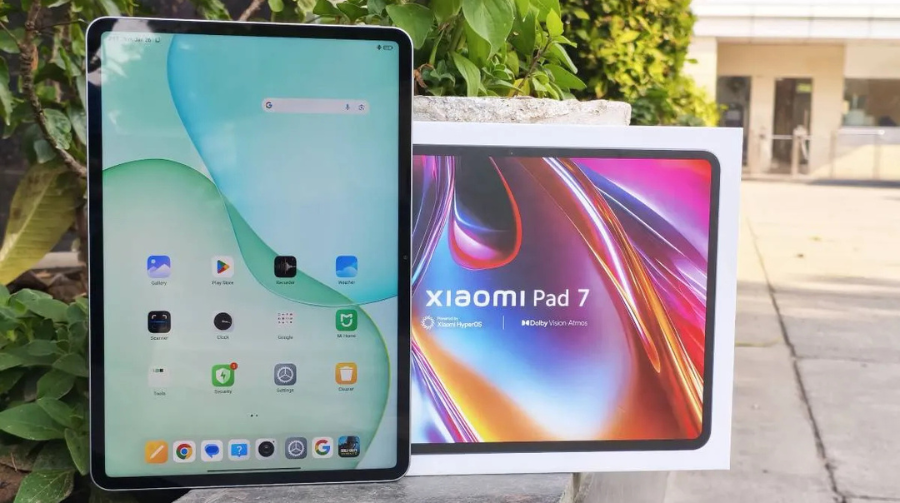
Quick Specs Overview
The Xiaomi Pad 7 aims to deliver a balanced tablet experience at an affordable price point. Here’s a quick look at what it offers:
- Display: 11-inch 2.5K LCD, 120Hz refresh rate
- Processor: Snapdragon 870
- RAM/Storage: Up to 8GB RAM, 256GB storage
- Battery: 8,600 mAh with 33W fast charging
- Camera: 13MP rear, 8MP front
- OS: MIUI Pad 14 (based on Android 13)
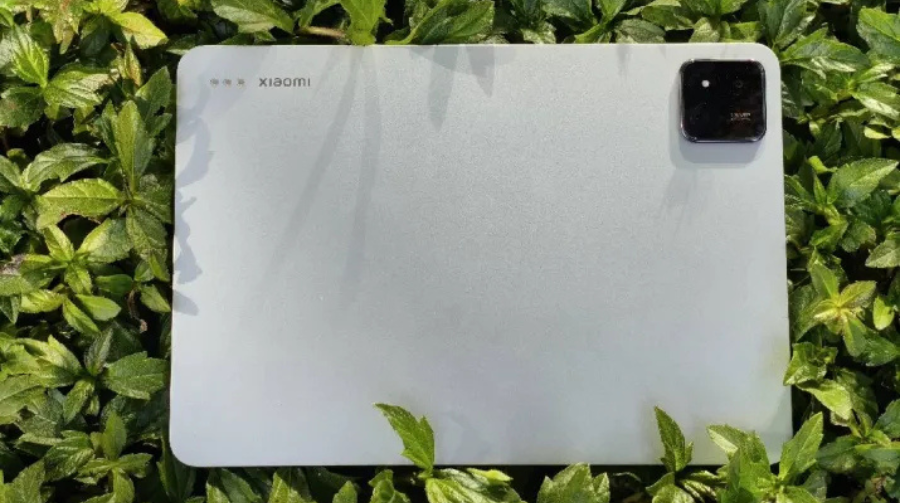
Design & Build Quality
The Xiaomi Pad 7 sports a sleek aluminum chassis that feels premium for its price. At just 6.8mm thin and around 500g in weight, it’s surprisingly comfortable to hold for long reading or binge-watching sessions.
While the minimalist design is attractive, the camera bump is a bit pronounced and can make it wobble on flat surfaces.
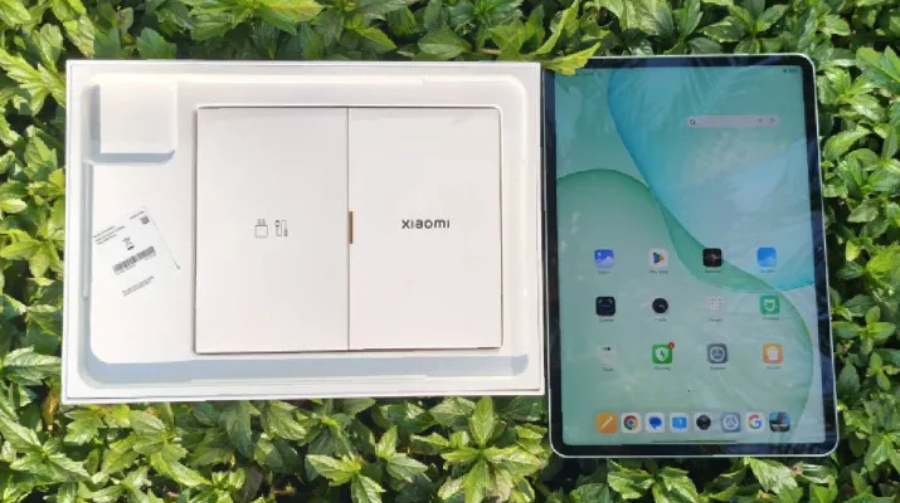
Display Performance
The 11-inch 2.5K display with a 120Hz refresh rate is one of its biggest strengths. Colors are vibrant, text is sharp, and scrolling feels smooth.
However, outdoor visibility can be challenging under direct sunlight, and HDR support is limited, which might disappoint media enthusiasts.
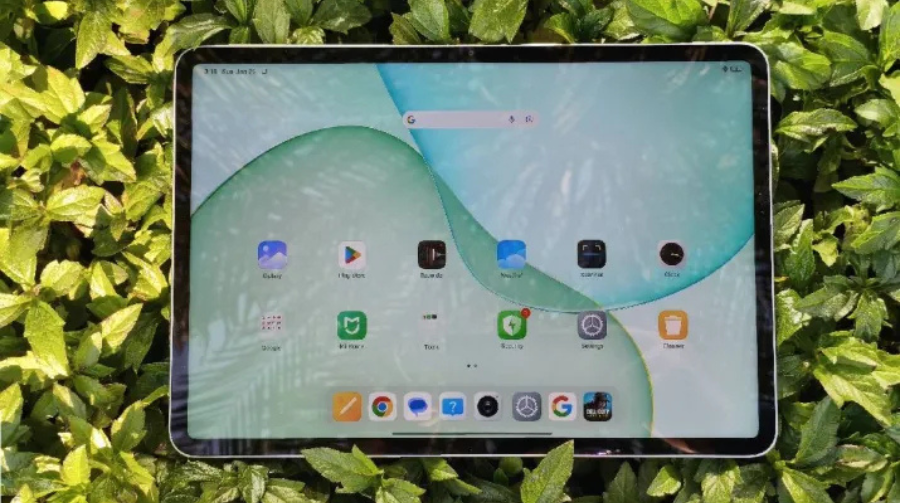
Hardware & Performance
Equipped with a Snapdragon 870, the Pad 7 handles multitasking, casual gaming, and streaming easily.
Heavy gaming titles run decently, but expect occasional frame drops in graphically intense moments.
For a mid-range tablet, it offers excellent value in terms of raw power.
Software Experience
Running MIUI Pad 14, the Xiaomi Pad 7 offers a relatively smooth and intuitive interface.
Features like split-screen and floating windows enhance productivity, but some pre-installed apps can feel unnecessary (bloatware alert!).
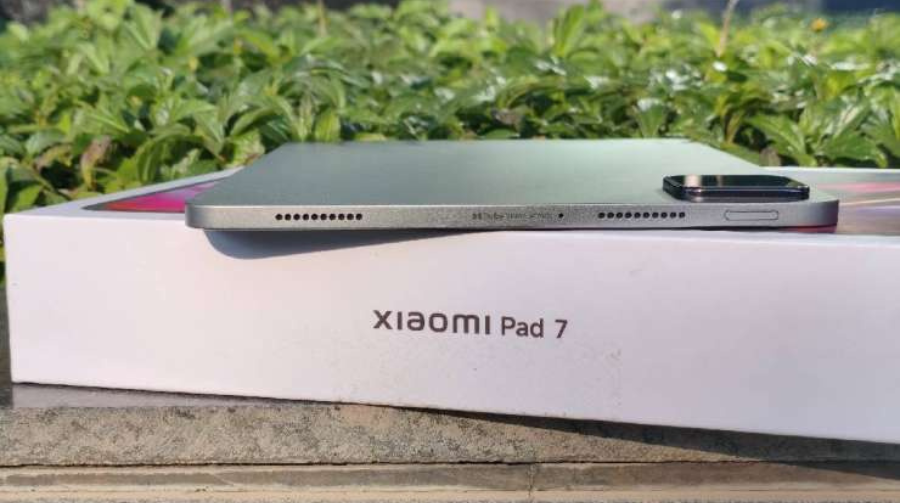
Camera & Battery Life
Cameras:
The 13MP rear camera is just fine for document scans and casual shots; the 8MP front camera does well enough for video calls. Don’t expect flagship-level photography.
Battery:
The 8,600 mAh battery easily lasts a full day of heavy use or two days of lighter usage. The 33W fast charging gets you back to full in about 90 minutes, which is a big plus.
Gadgets
India’s Approved Semiconductor Projects to Produce Over 24 Billion Chips Annually: Official
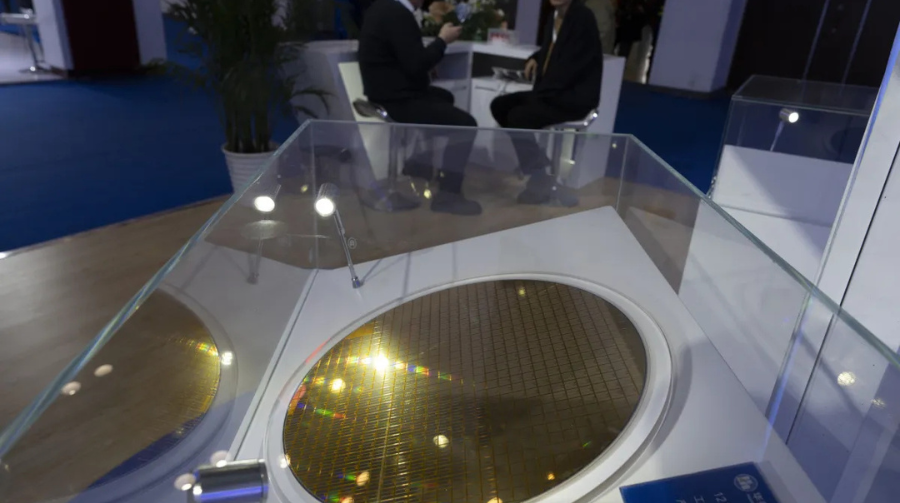
India’s semiconductor ambitions have received a major boost. According to Amitesh Sinha — Additional Secretary at the Ministry of Electronics & IT and CEO of the India Semiconductor Mission (ISM) — six government‑approved projects are projected to produce over 24 billion chips per year

- The approved portfolio includes one wafer fabrication plant (by Tata Electronics) and five packaging & test facilities.
- Tata’s fab is set up for a capacity of 50,000 wafers per month.
- The five ATMP (assembly, testing, and packaging) units will combine for the 24 billion‑chip output target annually
- More proposals are awaiting approval under ISM 1.0 and upcoming ISM 2.0, which will further expand capacity
Project Highlights
| Project | Type | Capacity | Location | Investment |
|---|---|---|---|---|
| Tata Electronics Fab | Wafers | 50 000 wafers/month | Dholera, Gujarat (plus Assam assembly plant) | ₹91 000 crore (~US$11 billion) |
| Tata Assam ATMP (Tata Semiconductor Assembly & Test) | Packaging & Test | ~48 million chips per day | Jagiroad, Assam | ₹27 000 crore (~US$3.6 billion) |
| Kaynes Technology ATMP | Packaging & Test | ~6.3 million chips per day | Sanand, Gujarat | ₹3 307 crore (~US$400 million) |
| CG Power‑Renesas/Stars Micro ATMP | Packaging & Test | ~? | Sanand, Gujarat | ₹7 600 crore (~US$900 million) |
| HCL–Foxconn OSAT (display drivers) | Packaging & Test | ~36 million chips per month (~432 million/year) | Jewar, Uttar Pradesh | ₹3 706 crore (~US$430 million) |
| Another ATMP unit (Powerchip, CG? etc.) | Packaging & Test | Remaining to total ~24 billion/year | Gujarat | — |
Combined output from these five ATMP units delivers the bulk of the 24 billion‑chip capacity per annum quoted by the official.
Strategic Significance

- These six approved projects are part of a ₹76,000 crore (≈US $10 billion) semiconductor incentive scheme launched under ISM to build India’s chip ecosystem
- ISM has been structured in phases; the first phase (ISM 1.0) is nearly fully allocated, and ISM 2.0 is on the cards to fund new proposals
- These initiatives mark India’s strategic effort to reduce dependency on chip imports, support sectors like automotive, telecom, consumer electronics, and integrate into global value chains.
Future Pipeline
- More project approvals are expected soon, including proposals from Hiranandani’s Tarq Semiconductors, Adani‑Tower Semiconductor JV, Vedanta plans in Dholera, among others
- Tata’s Dholera fab is expected to come online by 2026, producing mature-node chips (~28 nm) with eventual total capacity around 50,000 wafers/month (~20,000 skilled jobs)
- The HCL‑Foxconn unit will ramp up production by 2027, aligning with next‑gen display and automotive applications
- On the research front, IIIT Hyderabad has launched a microfabrication ‘FabLab’ to bolster India’s R&D capabilities in semiconductor technology

Why 24 Billion Chips Matter
- The 24 billion figure refers solely to annual output from packaging/testing units, not raw wafer output.
- A long‑term journey, with wafer fabs feeding downstream assembly units, the ecosystem is envisioned to scale further as newer proposals get approved.
- The capacity positioning gives India entry into the global mature-node chip segment used in power electronics, automotive ECUs, smartphones, display drivers—and lays foundation for future advanced R&D and design-based growth.
Bottom Line
As of August 1, 2025, India has approved six semiconductor projects—including one major wafer fabrication unit and five packaging/test plants—that together will produce over 24 billion chips annually. This initial wave is underpinned by ₹76,000 crore in government incentives and marks a seminal shift toward building a domestic semiconductor ecosystem. With more proposals in the pipeline and further phases of policy support (ISM 2.0), India is setting its long‑term path to chip self‑reliance and global tech relevance.

Gadgets
Tragedy in MRI Room: Man Wearing Metal Chain Gets Pulled Into Machine, Dies

Victim Profile
- Name: Keith McAllister, 61, known to accompany his wife, Adrienne Jones-McAllister, during her MRI appointments.
- The couple had visited this center multiple times, during which Keith wore the same 20 lb (≈9 kg) metal chain with padlock, used in his weight training. Staff had noticed it before and discussed it with them per his wife’s testimony.
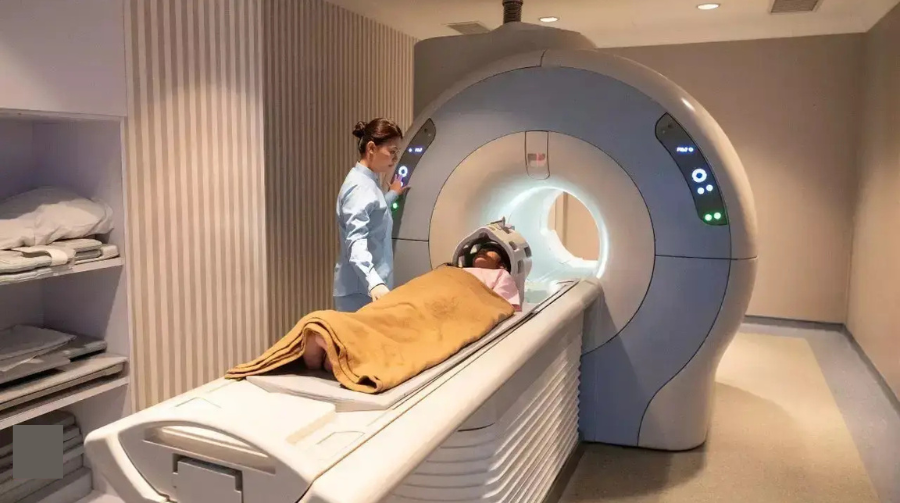
The Tragic Incident
- Entry into MRI Room
- During his wife’s knee scan, Keith entered the MRI scanning room at her request—to assist her after the scan.
- Despite warnings, he remained wearing the heavy metal chain
- Magnetic Pull & Medical Emergency
- Once inside, the strong MRI magnet latched onto the chain, pulling him suddenly toward the machine.
- Witnesses—his wife and the technician—attempted to free him and yelled to shut off the machine, but it was too late
- Critical Injuries & Death
- Keith sustained multiple heart attacks and severe trauma—possible strangulation or cervical spine injuries. He was rushed to North Shore University Hospital and declared dead the next day
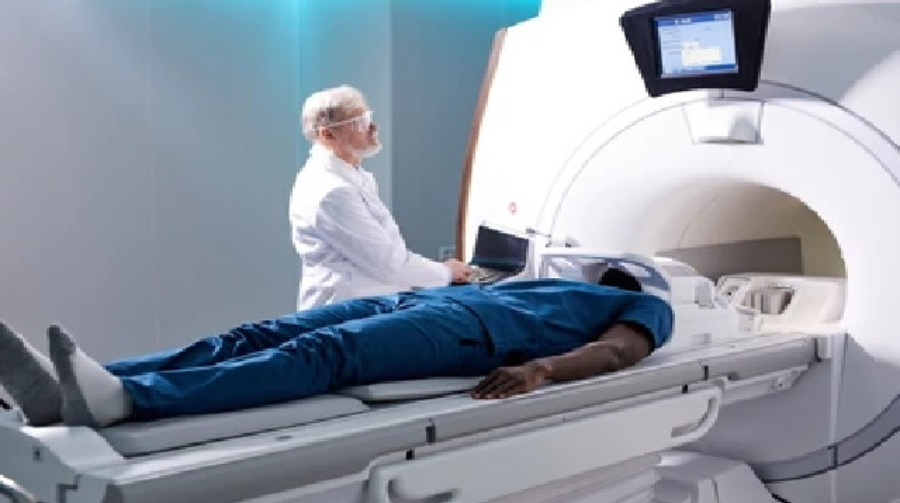
MRI Safety Protocols Violated
- MRI magnets generate powerful static fields that can pull heavy ferromagnetic objects—even adult –sized chains or oxygen tanks—instantly and with force
- Standard Protocol: Everyone entering Zone III/IV must remove all metallic items, or be screened with a ferromagnetic detector
- Here, the heavy chain should have triggered an alarm or disqualification for entry—but it didn’t
Expert Commentary
- Dr. Payal Sud (North Shore University Hospital): “I could imagine asphyxiation, cervical spine injuries… any kind of blunt force trauma”
- Charles Winterfeldt, imaging director: “It [the necklace] would act like a torpedo trying to get into the middle of the magnet.”
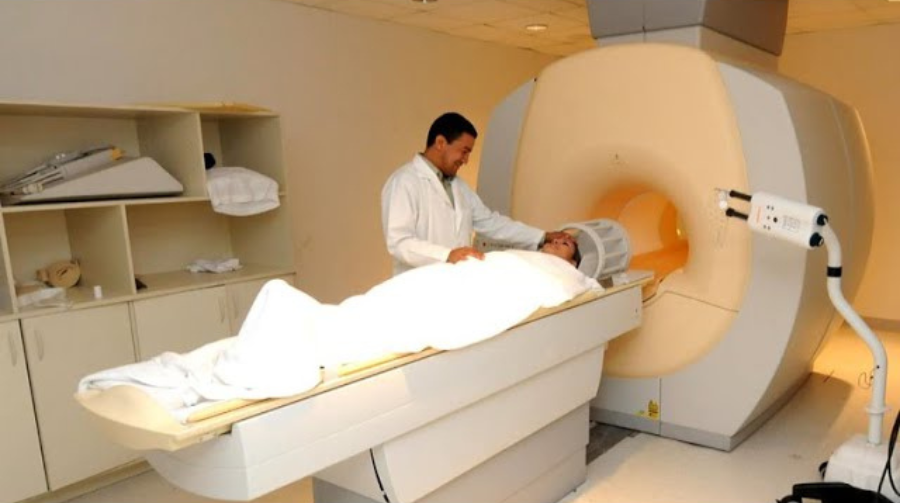
Similar Incidents & Historical Context
- 2001, Westchester County, NY: 6‑year‑old boy killed by flying oxygen tank during an MRI scan
- 2018, California: Nurse seriously injured when the machine pulled part of the hospital bed
- Billions of MRI scans are performed annually; FDA reports roughly 300 adverse MRI incidents per year, most are burns or projectile events
- MRI environments are classified into Zones, with standard metal prohibition signage and pre-screening measures
Investigation & Accountability
- Police: Nassau County PD is investigating for negligence; no foul play suspected
- Health Dept: Whether MRI centers are inspected regularly is unclear—NY Dept of Health is reviewing policies
- Facility Policy: Nassau Open MRI announced on its web site prohibitions on hearing aids, dentures, jewelry, hairpins—but this tragic oversight suggests inadequate enforcement
Recommendations for MRI Safety Improvements
| Area | Recommended Action |
|---|---|
| 🚷 Strict Access Control | Use physical barriers and alarms to prevent unauthorized entry. |
| 💡 Automated Metal Detection | Install ferromagnetic detectors at Zone III/IV entry points. |
| 🏥 Frequent Staff Training | Update staff on safety protocols, with regular drills. |
| 🧾 Enhanced Signage & Checklists | Use clear multiple-language warnings and mandatory metal-check forms. |
| 🔍 Audits & Certification | Require periodic facility audits; ensure pilot safety accreditation. |
| 📢 Patient Education | Distribute handouts and inform patients/companions of MRI dangers before scans. |
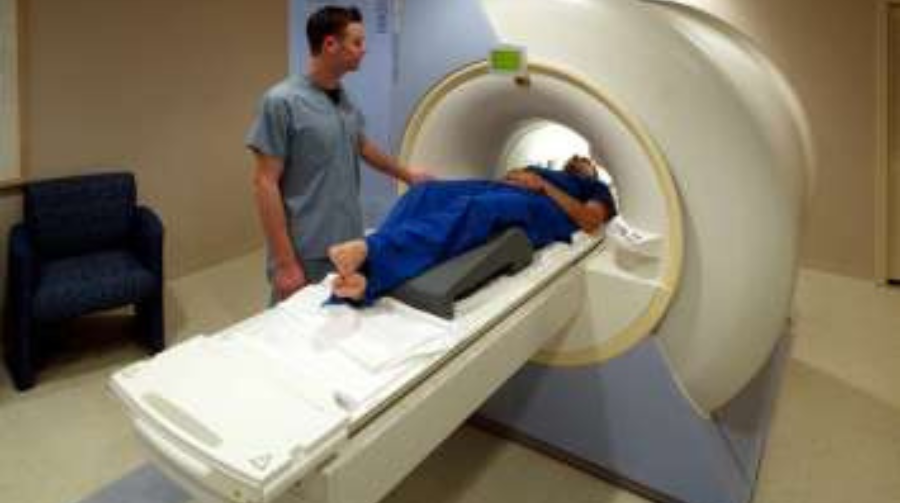
Final Reflection
This heartbreaking event is a sobering lesson in how a single, avoidable oversight can lead to fatal consequences. MRI technology is indispensable in modern medicine—but it demands unwavering safety enforcement. Today’s tragedy must spur healthcare facilities to tighten protocols, equip staff, and safeguard everyone who enters the MRI environment.
Gadgets
World’s First Screen less Laptop Is Here—Welcome to the Future of Computing

- Portability meets productivity: Suited for tight spaces like café tables or flights, giving users multiple virtual screens
- Privacy by design: Only visible to the user—no more shoulder-surfing worries .
- Future‑forward ergonomics: Heads‑up work reduces neck strain, more like a desktop setup in a laptop-sized shell .

User Experience & Limitations
- Comfortable AR glasses with dimming and storage built into the laptop lid
- Limitations:
- High entry cost at $1,900.
- Still tethered to the base unit—not yet fully wireless
- Virtual screen may require head movements; minor lag reported.
- Target users: “Web-forward” professionals—writers, editors, remote workers

Real-World Use Cases
- Ideal for travel: creates a stable virtual screen even on the go (e.g. planes, trains) with “travel mode.”
- Offers productivity boost in confined spaces, such as cramped flights .

Challenges & Future Outlook
- As a first-of-its-kind product, consumer readiness is uncertain—similar to Apple Vision Pro
- Sightful is VC‑backed and founded by ex‑Magic Leap execs—future models may refine performance and cost
- If successful, AR laptops could redefine mobile computing—look for lighter, fully wireless models in future.
-

 Celebrity Lifestyle2 months ago
Celebrity Lifestyle2 months agoEx-Cricketer Shikhar Dhawan Buys Ultra-Luxury Apartment Worth ₹69 Crore in Gurugram
-

 Business1 month ago
Business1 month agoAmazon sets 30‑day relocation deadline for corporate staff—opt out by resigning in 60 days
-

 Glamour & Entertainment1 month ago
Glamour & Entertainment1 month agoTelegram Channels Disseminating Pro‑Russian Propaganda in Poland
-

 Celebrity Lifestyle1 month ago
Celebrity Lifestyle1 month agoMaha Kumbh Girl Monalisa seen in car allegedly worth ₹1 crore
-

 News3 months ago
News3 months agoIndia offers zero-for-zero tariffs on auto parts, steel from US
-

 Education2 months ago
Education2 months agoNEET UG Controversy Explained: Paper Leak, Impersonations & Ongoing Probe
-

 News3 months ago
News3 months agoOperation Sindoor Live Updates: Pakistan used Turkey-made drones to target 26 locations, military sites in north India
-

 Cricket2 months ago
Cricket2 months ago💥 Nicholas Pooran IPL Heroics: Sixes, Records & Match-Winning Blasts


